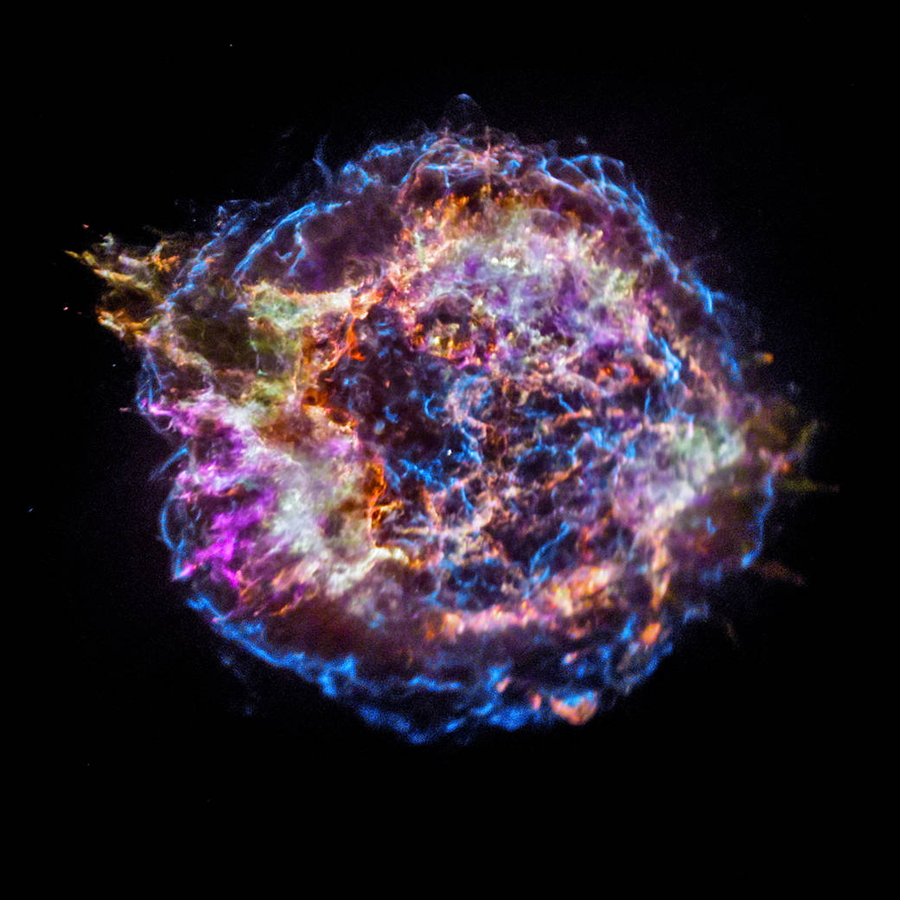Lunch Talk: Sonja Panjkov (Univeristy of Melbourne)
Supernovae play an important role on the cosmological stage, however key questions persist regarding their nature. In this talk, I will discuss how supernova remnant properties can be used to better understand the progenitor star, including its mass and supernova type. More specifically, I will show how the star formation history maps of Harris and Zaritsky (2009) can be used to constrain the progenitor masses of the Large Magellanic Cloud core-collapse remnants. These results support the theoretical predictions of successful core-collapse supernovae from high mass progenitors, going some way in addressing the Red Supergiant Problem (Smartt et al., 2009). Then, since Type Ia remnants are more circular and mirror-symmetric than core-collapse remnants (Lopez et al., 2009), I quantify the level of asymmetry in the X-ray emission of the Small Magellanic Cloud remnants, and from this I predict the likely SN type for each remnant. Finally, I will discuss how the morphologies of certain key emission lines vary amongst the population of Galactic and Magellanic Cloud remnants, and how this relates to the underlying supernova mechanism.

Image credit: NASA/CXC/SAO